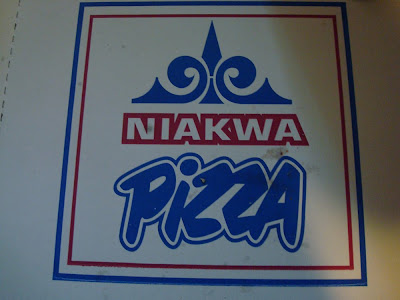fight of the decade
But I am a big fan of the Philippines. In fact, I lived on the island of Bohol for close to four months back in ought six with my then girlfriend and well, as is my MO, I've since moved on.
I'm back in AmericA. And one thing that I have with me here in America, after my many years in Asia, after nearly a year of my life spread over the last 10 years in the PI, one thing that I'm wearing right now is a Manny Pacquiao tee shirt that I won at some shopping mall's giveaway in 2006. It's a Dolly Tuna tee shirt with his picture on the back. It was then I first heard of this prize fighter who was a hot up and coming boxer.
On November 15, 2009 in Las Vegas, Manny Pacquiao fought Miguel Cotto for the WBO Welterweight Championship title and it was not a 'Filipino' event. It was a world wide sports event. I had the pleasure of being in Angeles City, the most 'Westernized' city in the Philippines on that day in November and all along the strip, bars were charging 300 peso consumable cover charge for the fight. That means, entrance is free, but you have to drink at least 300 pesos worth of beverages. That's like 6 bucks. Also, the nearby, newly created MARQUIS MALL, in their cineplex, they would be showing the fight live in the theater on a big screen, and they charged a non-consumable admission.
Being that the fight would be shown live, LV time, and that Pacaio probably wouldn't fight till about 11:00 since the program began 9 am and there were two preliminary fights...
I basically hung out at my favorite hotel, the Ponderosa, which is far enough from the strip to be in another world than the Tijuana-esque Angeles strip, but close enough to get there after a short 20 minute walk. I ended up watching the fight live via the internet on a computer with the entire staff of the Ponderosa, many of whom I know since I've began staying at the Ponderos years ago. I'd retired relatively early the night before, and in the morning had coffee, cinnamon (sic) toast, and did laps in the pool. It was 10ish. I was lounging around the pool area. Shortly thereafter, the fight began.
The day before I'd read an opinion article in some Filipino daily about how Pacquiao no longer belongs to the Philippines. That with his house in Beverly Hills and his many other houses around the globe and his many millions of dollars, he is now a global player. Be that as it may, Pacquiao still hangs with local Filippinos everywhere he goes, be in Manila or Las Vegas. He is still one the people. And that's a large reason why he is loved so much by all his compatriots. He was born on the island of Cebu and for Cebuanos he is god. I was drinking in a bar the night before the fight with this Filippino man who was telling me that he's got his life savings -- 3 grand -- riding on the fight. And that if Manny loses, as he told me, 'My wife's gonna kick me out of my house!' Good thing Manny won.
One week before, I'd seen the movie, Once we were Kings, which is a documentary of the Ali-Foreman fight in Zaire back in the 70's -- 'Rumble in the Jungle' they billed the fight. It was mc'd by Howard Cosell. James Brown played a show the before the fight. Watching that kind of put me in the mood for a championship bout.
I remember in the days before my trip to the PI, days before the fight. I was on Cheju Island. I'd just returned to Korea after five and a half months in Nepal and India. It was cold. I was leaving for America in three weeks and had little choice but to find somewhere warm. The PI. 80,000 won each way on Cebu Pacific Air. I was at THE BAR, staying upstairs with J, the owner and whilst shooting pool downstairs, the name Effren 'Bata' Reyes came up. He's a big name among pool enthusiasts. In terms of Famous Filippino Athletes, Bata and Pacman are probably the most famous. I can't think of any others.




In closing. After spending 40 days in Nepal, 3 months in India, 2 more weeks in Nepal, 3 days Thailand, 7 days PI, 1 week Korea, 10 days PI, 4 more days Korea, I've returned to Los Angeles to begin the next phase of my life -- becoming a published/paid author. "In this economy?!?!"
Yes. Wish me luck. It's gonna the fight of the decade.





Recent comments